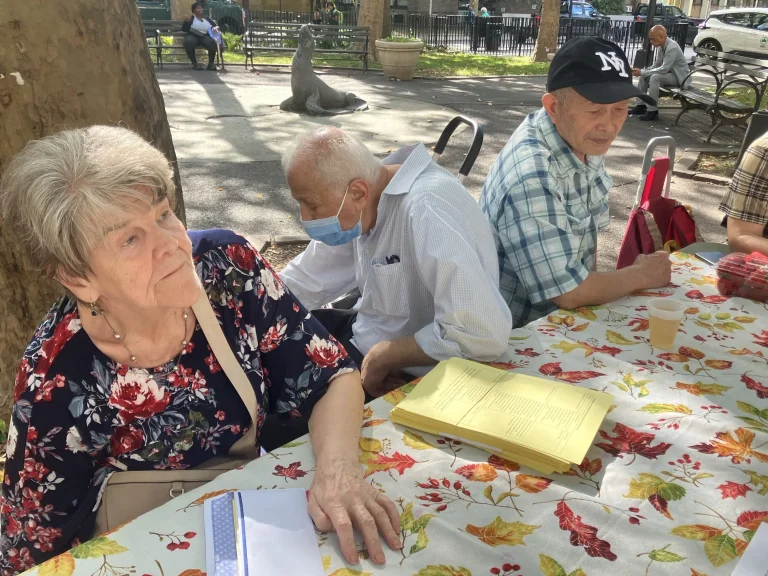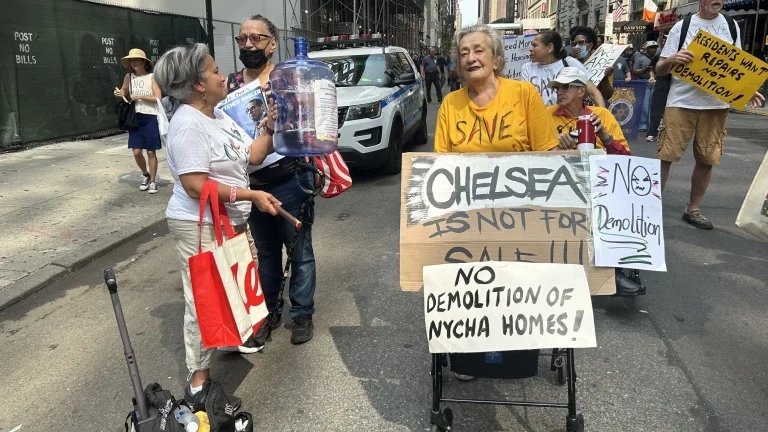Elderly Public Housing Residents In Chelsea Ordered To Move Out
Last Saturday, roughly 15 to 20 Fulton and Elliott-Chelsea [FEC] public housing tenants fighting the impending destruction of their homes intercepted Council Member Erik Bottcher outside a Manhattan deli at W. 26th Street and 9th Avenue demanding a meeting with him and challenging his support of the demolition plan Community Board 4 has already rejected.
They got the meeting with him that afternoon—but didn’t like what they heard.
According to Midtown South Community Council President John Mudd, who was also at the Sept. 20 meeting, Council Member Bottcher listened to the elderly FEC tenants express their opposition to the demolition plan “with no filters or anyone to run interference” for about 45 minutes.















